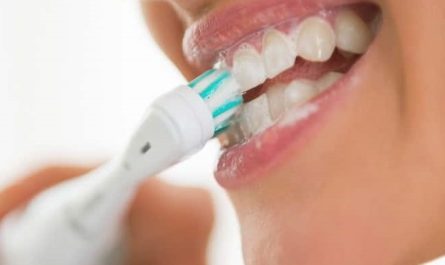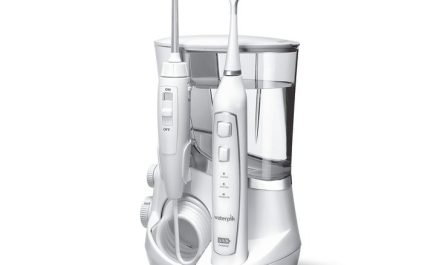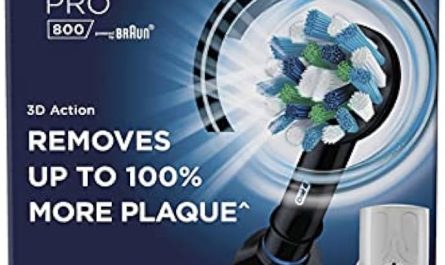What is a Water Flosser?
A water flosser is a dental hygiene tool. It uses a stream of water to clean between teeth and along the gum line. This tool can remove food particles and plaque. Many people find it easier to use than traditional floss. It is also gentle on the gums and effective for removing debris from braces or other dental work.
Water flossers can come in various models. Some are ideal for personal use, while others can serve multiple users safely. Understanding how to use and maintain a water flosser is key. Especially if you’re thinking about sharing it. Ensure you know the dos and don’ts of sharing to keep it hygienic.
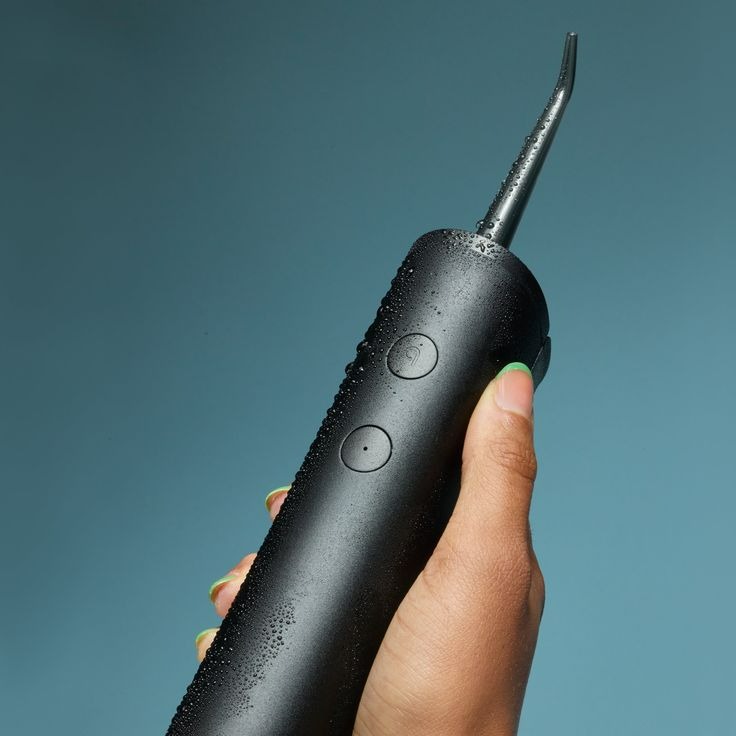
Benefits of Using a Water Flosser
Using a water flosser can provide many benefits for dental health. First and foremost, it is very effective at removing plaque. Plaque is a sticky film of bacteria that can cause gum disease. Water flossers can get into hard-to-reach areas between teeth. This is where regular floss might not always be successful. They are also less likely to cause bleeding in the gums compared to traditional floss. This makes them a great option for those with sensitive gums.
Additionally, water flossers are very useful for people with braces. They can rinse away food particles and bacteria around brackets and wires with ease. Regular floss can be a challenge with orthodontic work. But a water flosser can do the job quickly and without discomfort. People with dental implants, crowns, or bridges also find water flossers better. They are gentle and do not run the risk of dislodging any dental work.
For those looking to improve their oral hygiene routine, water flossers can be a game-changer. They add an extra layer of cleanliness. And often, people who use them feel a greater sense of freshness and cleanliness after. The ease of use also increases the likelihood that individuals will floss regularly. And this consistency is key for maintaining overall oral health. While the question of ‘can you share water flosser’ lingers for some, it’s clear that using one has distinct advantages.
When it comes to your oral health, hygiene stands paramount. One may wonder, ‘can you share water flosser?’ The short answer is yes, but with caution. Sharing a water flosser can be safe if users take proper steps. This includes sanitizing, personal tips, and proper storage.
Here’s what you need to keep in mind to share a water flosser safely:
- Use Separate Tips: Each user should have their own flosser tip. This prevents cross-contamination between users.
- Clean the Device: After each use, ensure the device and handle are thoroughly cleaned. This rids it of bacteria and debris.
- Sanitize Regularly: Some water flossers have a sanitizing feature. If yours does not, use a disinfectant approved for dental tools.
- Dry Completely: After using and cleaning, let the flosser and tips dry. This stops bacteria from growing.
- Store Properly: Keep flosser tips separate and in a clean, dry area. A closed container can keep out contaminants.
Following these tips can make sharing a water flosser safe and hygienic for all users. It ensures each person reaps the dental health benefits a water flosser offers, without the risk of spreading germs.
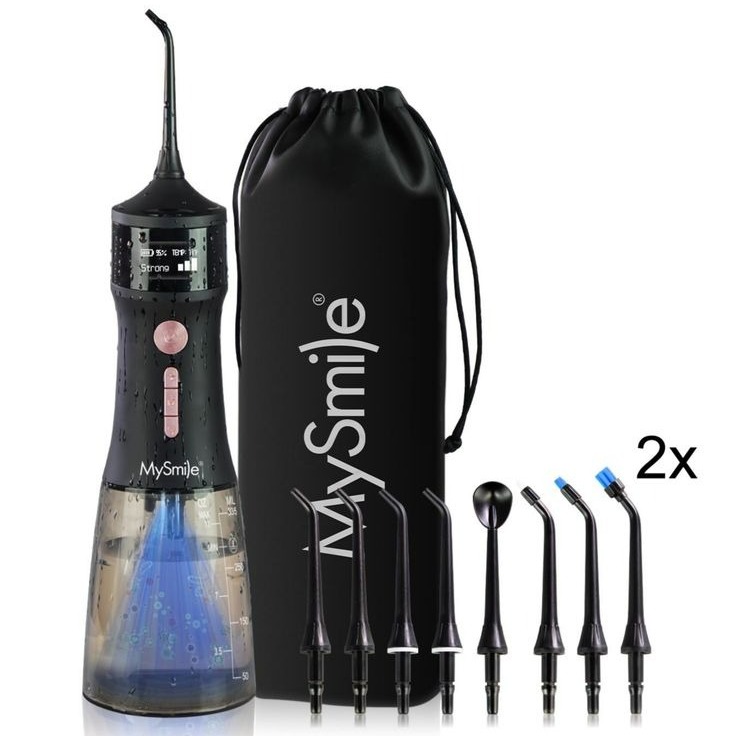
Tips for Hygienic Sharing of Water Flossers
Sharing a water flosser can be easy and safe with these hygiene tips.
- Assign Color-Coded Tips: To help identify each user’s tip quickly, use color-coded ones. This prevents mix-ups and ensures personal use.
- Rinse Tips After Use: Users should rinse their tips under warm water after each use. This helps remove any trapped debris and bacteria.
- Disinfectant Soak: Submerge the tips in a disinfectant solution regularly. Choose a solution that’s safe for dental equipment.
- Handle With Care: Always handle the water flosser with clean hands. This reduces the risk of adding germs to the device.
- Educate All Users: Make sure everyone who shares knows how to use and clean the flosser. A quick tutorial can go a long way.
- Replace Tips Regularly: Over time, tips can wear out and harbor bacteria. Replace them according to manufacturer guidelines.
Following these simple steps can ensure that you can share a water flosser with others. It keeps the process hygienic and beneficial for everyone involved. Keep these tips in mind and enjoy the clean feeling of well-flossed teeth, worry-free.
Maintenance: Keeping Your Water Flosser Clean
Proper maintenance is crucial for extending the life of your water flosser. It also ensures safe sharing. Here are steps to keep it clean:
- Daily Rinsing: After each use, run warm water through the flosser handle and tip. This clears out residual particles.
- Deep Cleaning: Once a week, do a deep clean. Mix water with a little mouthwash or a cleansing solution. Run this through for extra sanitation.
- Wipe Down the Unit: Use a soft, damp cloth to wipe the main unit. Pay special attention to buttons and handles.
- Remove and Dry Tips: After use, remove tips from the handle. Allow them to air dry separate from the device.
- Clean the Water Reservoir: Detach the reservoir and clean it with hot, soapy water. Rinse thoroughly before reattaching.
- Check for Scale: If your area has hard water, look for scale buildup. Use a descaling solution if necessary, following the manufacturer’s guidelines.
- Replace Parts as Needed: Over time, parts like the hose or tips may need replacement. Follow the manufacturer’s recommendations on when to get new ones.
By following these maintenance steps, you ensure the water flosser functions well. This also makes sharing your flosser safer. Remember, a clean water flosser is more than a tool. It’s a commitment to oral hygiene and health, for you and those you share it with.
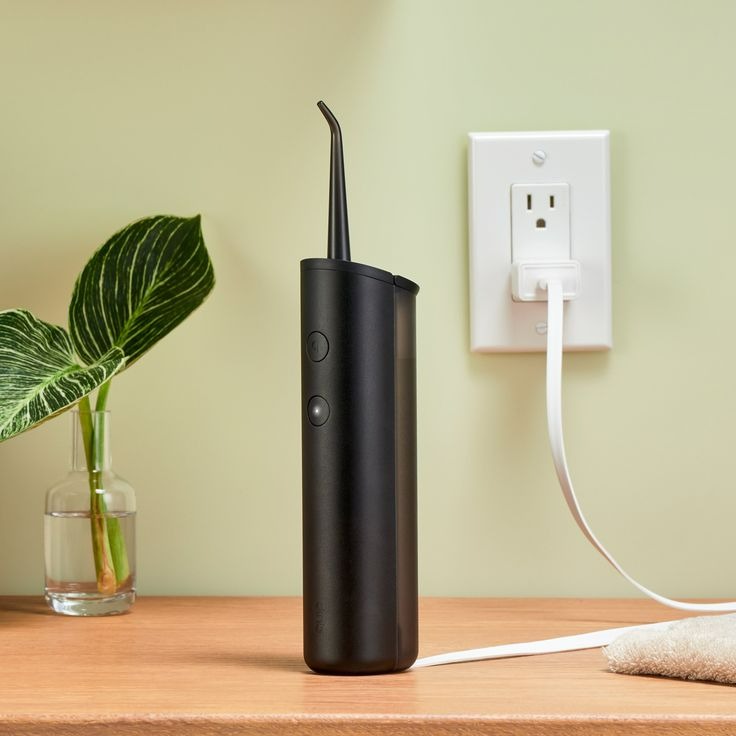
Types of Water Flossers Suitable for Sharing
When looking into if you can share a water flosser, not all types are ideal. Some flossers are better designed for personal use. Here are a few types suitable for sharing:
- Countertop Water Flossers: These have multiple tips and are great for families. They often come with tip storage that helps keep each user’s tip separate and sanitary.
- Cordless Water Flossers: Cordless models can be easier to pass around among users. They are often waterproof, which makes them easier to clean and disinfect.
- Water Flossers with Multiple Pressure Settings: These allow each user to choose their own comfort level. It can also help prevent damage to sensitive gums or dental work.
- Water Flossers with UV Sanitizers: Some advanced models have built-in sanitizers. They use UV light to clean the tips, making sharing much safer.
- Commercial Water Flossers: These are designed for dental offices where multiple patients use them. They follow strict hygiene standards and can be ideal for shared use in a home with many users.
Choose a water flosser with these features if you plan to share with others. Look for models that promote easy cleaning, have separate tips for each user, and ideally, sanitizing options. Always prioritize hygiene, especially when sharing dental devices. Keep the question ‘can you share water flosser’ in mind when choosing the right type for your household.
When selecting a water flosser for sharing, certain features are key for maintaining hygiene and ensuring an effective clean for all users. Here’s what to look for:
- Individual Flosser Tips: Choose a model that provides multiple tips. This lets each user have a personal tip to avoid cross-contamination.
- Easy-To-Clean Design: Opt for water flossers that are simple to disassemble and clean. Quick drying and smooth surfaces help prevent bacteria growth.
- Adjustable Pressure Settings: Models with varied pressure settings suit different users’ needs. People with sensitive gums or dental work can floss comfortably.
- UV Sanitizing Function: Some flossers come with UV sanitizers for the tips. This feature is excellent for killing bacteria without chemicals.
- Tip Storage: Storage compartments for tips keep them separate and clean when not in use. This also helps keep track of whose tip is whose.
When choosing a water flosser that you can share, consider these features. They help ensure safe, hygienic use for everyone. By prioritizing these features, families and roommates can maintain optimal oral health while using just one device. Remember these pointers and choose the best water flosser for shared use. Keep it clean, keep it personal, and enjoy the benefits of water flossing together.
Best Practices for Effective Water Flossing
To get the most from water flossing, here are some best practices:
- Start with Lower Pressure: Begin flossing at lower pressure settings. Gradually increase as you get used to the sensation.
- Use Warm Water: Warm water is more comfortable for most people. It can also help relax the gum tissue.
- Follow a Pattern: Clean your teeth in a set pattern to make sure you don’t miss any spots. Often, users start from the back teeth and move forward.
- Hold the Tip at the Right Angle: Aim the tip at a 90-degree angle to the gums. This helps reach the area between teeth effectively.
- Take Your Time: Don’t rush the process. Spend a few seconds on each tooth to ensure a thorough clean.
- Floss Before Brushing: Water flossing before brushing allows fluoride toothpaste to better reach between teeth.
- Regular Use: Flossing once a day is recommended. Consistent use is key to maintaining oral health.
- Check for Debris: After flossing, look for any missed debris. If you find leftovers, floss those areas again.
By following these steps, you can enhance your water flossing routine. Make it a daily habit and enjoy healthier teeth and gums. Regular water flossing can help prevent gum disease and keep your smile bright.

